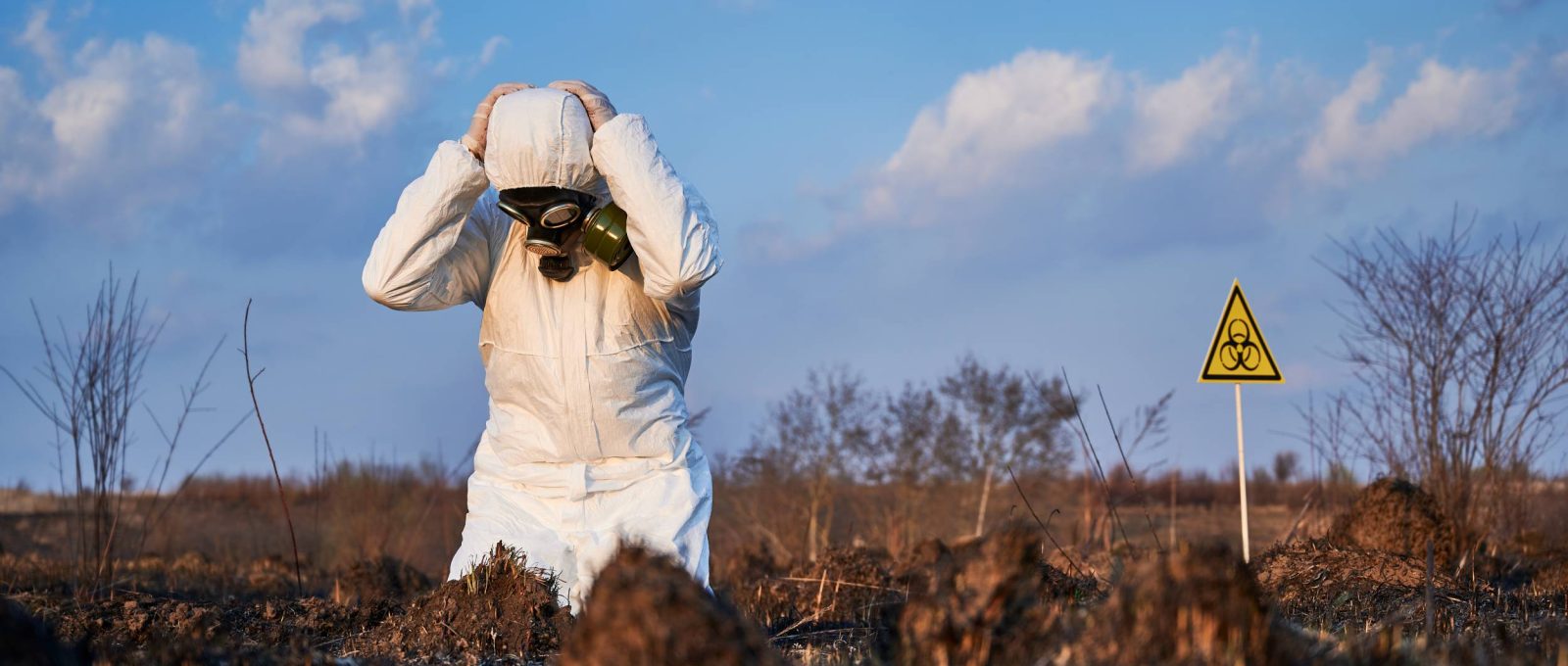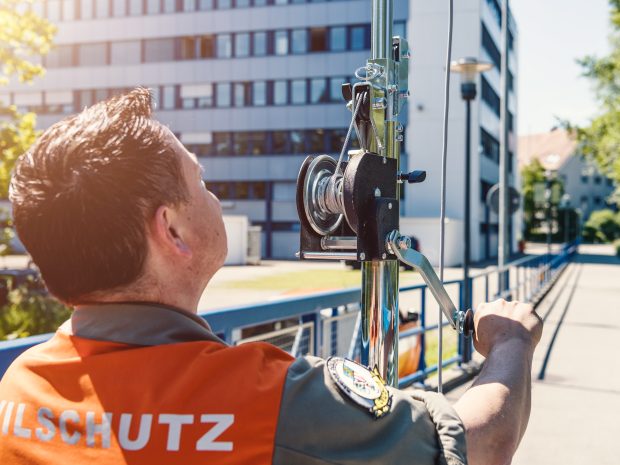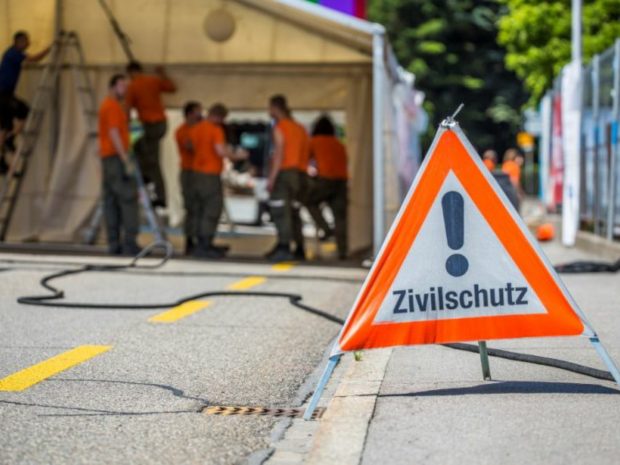Extreme weather and natural disasters have always threatened humanity. How do we protect ourselves from such events today and what can we do to prevent disasters?
What is a natural disaster vs environmental disaster:
A natural disaster is a natural event that has destructive and consequential effects on the earth’s surface, humans and other living creatures. In contrast, one speaks of an environmental disaster when the disaster is caused by humans themselves. A natural event alone is not a disaster, especially if the event occurs far away from populated areas. A glacier collapse or an avalanche in uninhabited areas, for example, do not pose an immediate threat to humans. Such huge events are difficult to control and are serious forces of nature. They can quickly become a danger due to their high energy. Natural disasters are so devastating because they are usually unpredictable and the consequences unpredictable.
According to the Centre for Research on the Epidemology of Disasters (2017), the following natural disasters occur most frequently worldwide:
- Floods (the most common natural disaster overall)
- Storms
- Earthquakes
- Extreme temperatures
- Landslides
- Droughts
- Forest fires
- Volcanic eruptions
How can we best protect ourselves?
Despite today’s means of prevention and protection, severe storms and disasters are becoming more frequent. In many cases, these are due to global warming. According to various reports, the frequency of natural disasters has even increased significantly in recent years.
Even though Switzerland is rarely affected by major disasters, it helps to know what dangers exist and what we can do to protect ourselves and our environment and to avoid damage.
- Weather forecasting technologies, such as seismographs, weather stations and sensors, which constantly record measurements and can report to the authorities at an early stage.
- Establish various communication channels for the population (app, SMS messages).
- Stable and resilient infrastructures – safe buildings and weather-resistant materials
- Effective and reliable early warning systems – Innovative siren systems with modern technology
- Contributing to climate protection with sensible measures and solutions
In addition to the technological means, important points should definitely be considered:
- Evaluate and assess risk
- Emergency preparation (rescue service, exercises, training, simulations)
- Information, sensitisation & involvement of the population
- Protection, rescue and evacuation concept
- Establish emergency meeting points
Sources Information:
Malteser International. (n.d.). Naturkatastrophen: Vorsorge treffen, Nothilfe bereitstellen.https://www.malteser-international.org/de/themen/naturkatastrophen.html
Bundesamt für Bevölkerungsschutz. (n.d.). Gefahren Kennen. https://www.alert.swiss/de/vorsorge/gefahren-kennen.html
Bundesamt für Umwelt. (n.d.). Naturgefahren: Das Wichtigste in Kürze. https://www.bafu.admin.ch/bafu/de/home/themen/naturgefahren/inkuerze.html
Sources Pictures:
Freepik


